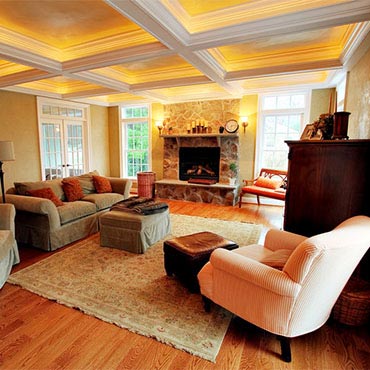


Guide

Oriental rugs are fine crafted rugs that contribute nicely to any formal or informal setting in your home. Oriental rugs blend wonderfully with contemporary, formal, ornate, casual and traditional decorating styles.

For spreading personality around a room, the area rug has few rivals. What could be more elegant than an heirloom quality Oriental area rug atop a gleaming hardwood floor, or more charming than a handcrafted braided area rug on timeworn pine planks.

Knotting by hand is most prevalent in oriental rugs and carpets. Kashmir carpets are also hand-knotted. Pile carpets, like flat carpets, can be woven on a loom.

Carpet-weaving in Persia dates back to the Bronze Age. Common motifs include scrolling vine networks, arabesques, palmettes, cloud bands, medallions, and overlapping geometric compartments rather than animals and humans.

Tribal rugs are part of a tradition very different from that of the finely woven floral carpets with which the name Persia has long been associated. Yet tribal rugs have a power and vitality of their own.

Pakistani craftsmen have the capacity to produce any type of carpet using all the popular motifs of gulls, medallions, paisleys, traceries, and geometric designs in various combinations.

Under the patronage of the Mughals, Indian craftsmen adopted Persian techniques and designs. Indian carpets are known for their high density of knotting. Hand-knotted carpets are a speciality and widely in demand.